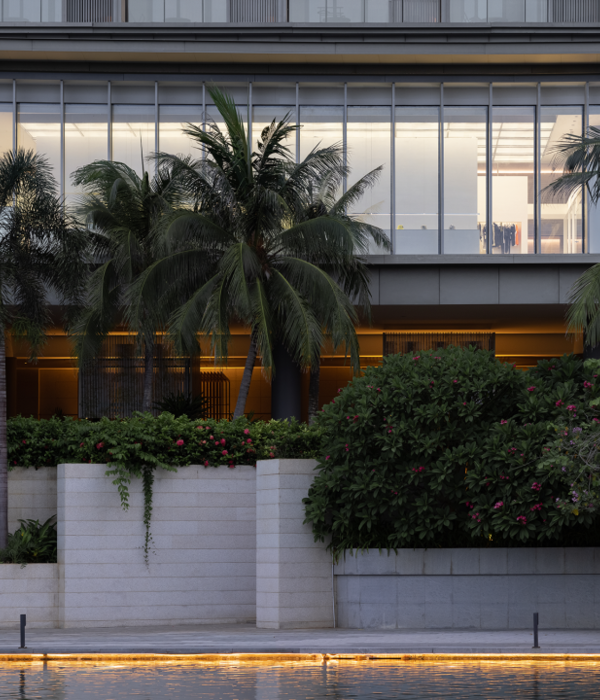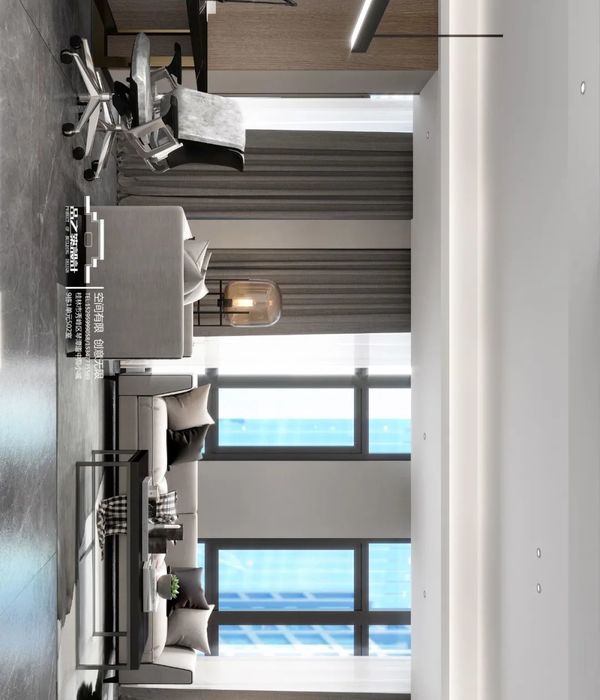Architects:Dixon Jones
Area :4095 m²
Year :2017
Photographs :Paul Riddle
Manufacturers : Trespa, Nora, Schüco, Axter, Cast Stone, Covering Chile, Forticrete, Freshfield Danehill Yellow, IG Masonry Support, Laylines, London Wall, Michelmersh, Milliken, Sentica, Specialist Sports Products, Wilotekt-PlusTrespa
Lead Architect :Dixon Jones
Landscape Architect :Macgregor Smith
Mechanical & Electrical :Arup
Structure :Waterman Structures
Contractor : Mace
Client : The Royal Borough of Kensington & Chelsea
End Users : Marlborough Primary School
Project Website : Dixon Jones
City : Greater London
Country : United Kingdom
The redevelopment brief for Marlborough School was extremely challenging. In addition to requiring a large primary school with over 2,500m2 of external play areas, the local authority’s brief also called for a new commercial building (offices/ retail) and a pedestrian link to be provided across this constrained urban site. The challenge was therefore how to achieve a significant increase in density within the 80x40m footprint whilst also creating a fitting replacement for a Victorian School which had previously stood on the site since 1878.
Massing constraints posed by a 10 storey apartment block to the east contrasted with a 5 storey blank party wall to the west resulted in a stepped section across the site establishing a series of cascading ‘garden terraces’ offering a rich diversity of external play areas accessed directly from classrooms. The school is organised around this vertical section starting with the youngest pupils at ground (3-5y) through to the junior pupils at the top (9-11y).
The stepped section allows larger communal spaces to be created underneath where the Main Hall and Multi-Use Space form the social heart of the school lined with oak panelling and bathed in light from two central rooflights.
This ambitious scheme warranted extensive dialogue with the Local Planning Authority. The design was developed to ensure the proposed massing and robust masonry detailing with characteristic stone banding would serve to compliment both the original school and the wider local context with the green glazed brick and circular windows referencing the polychromy of the 1911 Michelin Building nearby. The building takes on an expressive civic role with a rich palette of materials that seamlessly blend modern robust detailing with the historic local context. In contrast to the Victorian school which had stood behind foreboding brick boundary walls, the new building seeks to engage with the public realm with a welcoming a community entrance and playground gates. Several of the historic keystones and plaques from the original school were rebuilt into the new facade to preserve the legacy of Marlborough School.
The commitment to providing high quality outdoor learning and play areas on this constrained urban site presented a significant challenge. The landscaping offers a diverse range of environments which stimulate the social benefits of incorporating nature in the city as well as promoting exercise and sport. The planting and biodiversity strategy was developed with Landscape Architects Macgregor Smith and seeks to maximise the opportunity for habitat creation and species diversity. Inclusion of nature and ecology has been integral throughout the external ‘playdecks’ which include raised tree planters and productive garden areas to support the school’s ‘growing club’.
The building adopts a low energy passive approach to minimise running costs and future maintenance. Classrooms are naturally ventilated and arranged alongside the cascading roof terraces. Generous floor-to-ceiling heights promote passive single sided ventilation and allow daylight to penetrate deep into the plan to reduce reliance on internal lighting. The classrooms also feature exposed concrete soffits to exploit the inherent cooling benefits of the superstructure’s thermal mass.
▼项目更多图片
{{item.text_origin}}












